What is Modern Device Management and How to Apply it?
In this complicated digital world where businesses primarily use devices like desktops, smartphones, tablets and laptops as gateways to communications and information, It is highly important to keep managing these devices. Managing devices is not an easy task, and that is where Modern Device Management dives in.
This article is clear and descriptive information about Modern Device Management, why it is so crucial for businesses, and how it makes complicated processes easier by streamlining the management of devices.
1Understanding of Modern Device Management
1What is Modern Device Management?
Modern Device Management in easy definition is a powerful technology that empowers the organization to remotely manage the device associated with it. It also allows configuring and securing the overall device ecosystem. It goes beyond the traditional device management encompasses a wider range of devices and provides control capabilities comprehensively.
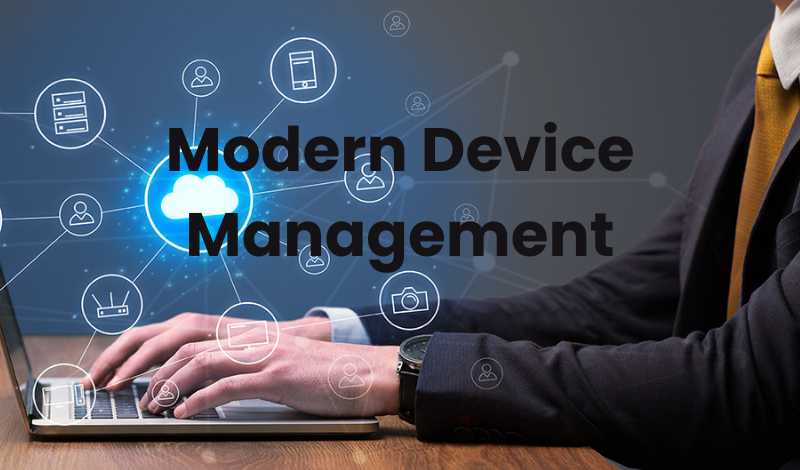
The Functionalities offered by Modern Device Management
If we talk about the functionalities offered by Modern Device Management then they are mentioned below:
- Remote Monitoring: This functionality tracks the device health, usage of the application, and also security status in real-time. This allows IT teams to identify and address potential issues proactively within the device.
- Provisioning: It simplifies the process of the setup of new devices by remotely configuring essential applications, security settings, and configurations, ensuring consistency and reducing manual effort.
- Patch Management: Such function automates the deployment of security patches and software updates, it ensures that the devices are away from all the vulnerabilities.
- >Security Enforcement: It ensures that there are strong passwords, data encryption, and application restrictions to safeguard sensitive corporate data and files.
- Remote Wipe: In case of a lost or stolen device, Modern Device Management allows IT admins to remotely wipe the device's data to prevent unauthorized access and protect sensitive information.
The Importance of Having a Modern Device Management Solution
If we talk about the importance of having a Modern Device Management solution, as we previously discussed, at this point in time, organizations primarily are dependent on these devices and managing such devices is highly complex.
In the case of Modern Device Management, it ensures that the organization's data is secured, there is a high level of productivity among employees, facilitates the company to work on industry regulations and compliance, saves cost and lastly, allows better management.
2What is a Modern Managed Device?
In simple words, A modern managed device is any electronic device which is enrolled in a Modern Device Management solution or system, allowing and giving access to the IT administrators or staff members to remotely control, secure, and configure it.
Below are some of the examples of modern managed devices.
- Laptops: Business laptops used by employees are an example of Modern Device Management, allowing IT to enforce security policies, deploy software updates, and remotely wipe data if needed.
- Desktops: Modern desktop PCs can also benefit from Modern Device Management for centralized management of security settings, application installations, and asset tracking.
- Smartphones and Tablets: These are the core use cases for Modern Device Management, ensuring consistent security policies and data protection across employee mobile devices.
3What are the dfifferent models making up modern device management?
There are multiple models that make up modern device management, etc. They are listed below:
| Models of Modern Device Management | Description |
|---|---|
| MAM | Mobile Application Development Mobile application development focuses on managing the applications that use the data of the company and not the rest of the device. |
| MCM | Mobile Content Management This is Mobile Content Management which is used to manage the access and collaboration of content among devices. |
| MIM | Mobile Information Management Mobile Information Management is a kind of management that focuses on controlling the lifecycle of the data and management of the applications that have the ability to transmit it. |
| MDM | Mobile Device Management Mobile Device Management focuses on controlling the devices that are interactive with native MDM API. |
| EMM | Enterprise Mobile Management It mixes the multiple models together and theoretically, it is a combination of MDM and MAM. |
| UEM | Unified Endpoint Management Unified Endpoint Management is an evolved version of EMM, which provides a single console that has the ability to manage multiple ranges of the device. |
3What are the dfifferent models making up modern device management?
Management of devices has always been important, but the tools and approaches over the years have evolved hugely. Let's understand the key differences between modern and traditional device management:
| Traditional Device Management | Modern Device Management (MDM) | |
|---|---|---|
| Focus | Primarily on desktops and laptops in a LAN. | Manages multiple devices such as desktops, laptops, smartphones, tablets, wearables, and even IoT devices across diverse operating systems (OSes), itself is pretty fast. |
| Management Approach | Highly reliable on manual configuration through physical access or agent software installation. Was overall a Slow and labour-intensive process. | Utilizes cloud-based platforms for remote configuration, deployment, and monitoring. Offers greater flexibility and scalability. |
| Security | Limited to basic security features like local firewalls and antivirus software. | It has multiple strong password policies, data encryption, application restrictions, and remote wipe capabilities for enhanced data protection among devices. |
| Scalability | Not scalable, was not able to manage a large number of devices in an efficient manner. | Designed to handle large device deployments efficiently, reducing manual usage. |
| Device Coverage | Primarily focus on laptops and desktops, neglecting mobile devices and emerging technologies. | Extends management to a wider range of devices used in modern workplaces, ensuring consistency and security across the entire device ecosystem. |
2Why Modern Device Management?
There are many advantages of Modern Device Management in businesses:
- Better Security: Modern Device Management provides better encryption and strong passwords from laptops to wearables, safeguarding sensitive business data in healthcare, finance, and beyond.
- More Efficient Management: Updating, configuring and deploying applications for all devices from a single platform, boosting efficiency in education, retail, and manufacturing.
- Improved Compliance: Modern Device Management helps meet industry regulations by enforcing data access controls on devices used for financial transactions (finance) or accessing patient data (healthcare).
- Increased Productivity: Automated updates and app deployment ensure all devices have the latest tools and security fixes, keeping employees productive across different sectors.
- Reduced Costs: Automating tasks and minimizing support tickets frees up IT resources, leading to cost savings in all business environments.
Modern Device Management offers a centralized, secure, and efficient way to manage devices, empowering businesses to focus on their core operations.
3How to Move to Modern Management for Windows Device by Using Microsoft Tools
Moving from traditional on-premise management to a modern, cloud-based approach can significantly improve your organization's device management efficiency. But there are a few steps that you need to follow in moving to Modern Management for Windows devices using Microsoft tools:
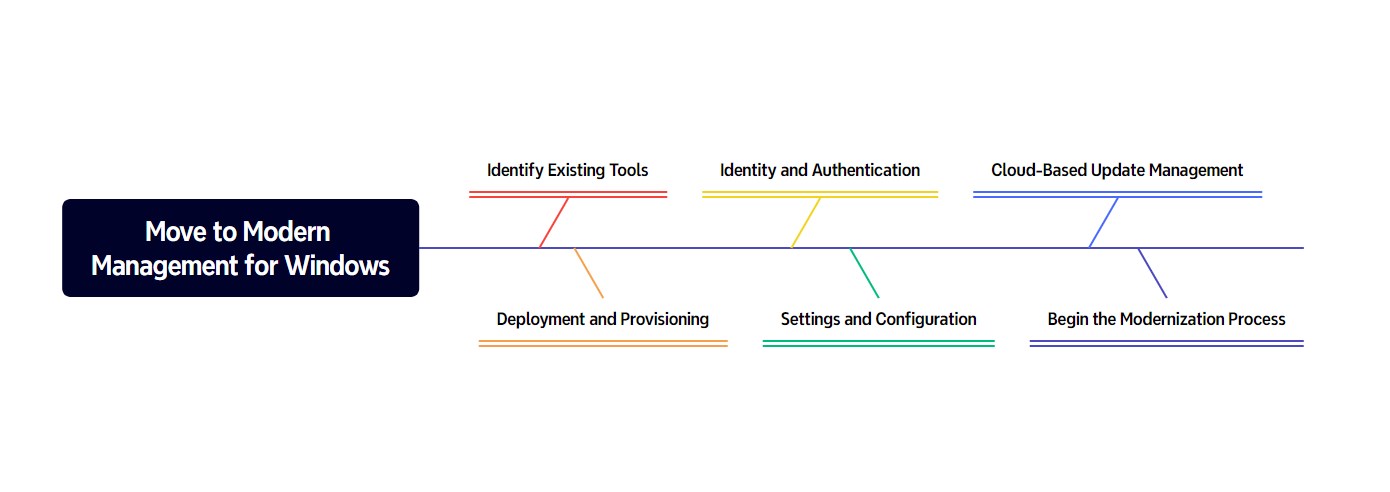
- Step 1Identify Existing Tools
- You should start by understanding your current Windows 10 management methods, such as Group Policy or Configuration Manager and Active Directory.
Evaluate Cloud-Based Solutions: Explore Microsoft Endpoint Manager (MEM), a cloud-based platform that has Intune and Configuration Manager capabilities. MEM offers remote deployment, configuration, and management of devices.
- Step 2Deployment and Provisioning
- Check Microsoft Endpoint Manager for deploying Windows 10 devices using methods like Autopilot, Microsoft Intune or Configuration Manager cloud deployment. These are the options that provide a centralized approach to provisioning devices with the necessary settings and applications.
- Step 3Identity and Authentication
- Modern Windows identity management lets you handle both personal and corporate devices. Cloud-based Microsoft Entra ID simplifies access for BYOD/CYOD users with SaaS apps, while domain-joined devices with Entra ID integration offer single sign-on, roaming settings, and secure access to on-premises resources. You can review user roles and leverage Entra ID to potentially switch some devices away from traditional domain join.
- Step 4Settings and Configuration
- IT needs strong device control while users want privacy (not all settings exposed). Modern Device Management offers a lighter way to manage security, privacy, and apps across various devices, making it ideal for mobile devices. Traditional tools (group policy, Configuration Manager) are still best for granular control over on-premises devices.
- Step 5Cloud-Based Update Management
- Utilize MEM's cloud-based update management functionality to automate the deployment of security patches and software updates for Windows 10 devices. This ensures your devices are always up-to-date and protected against vulnerabilities.
- Step 6Begin the Modernization Process
- Microsoft provides extensive resources and documentation to guide you through the migration process. For complex environments, consider seeking assistance from Microsoft partners or consulting firms specializing in Microsoft Endpoint Manager deployment and configuration.
4How to Apply Modern Device Management in Windows 11, Windows 10, And Windows 7
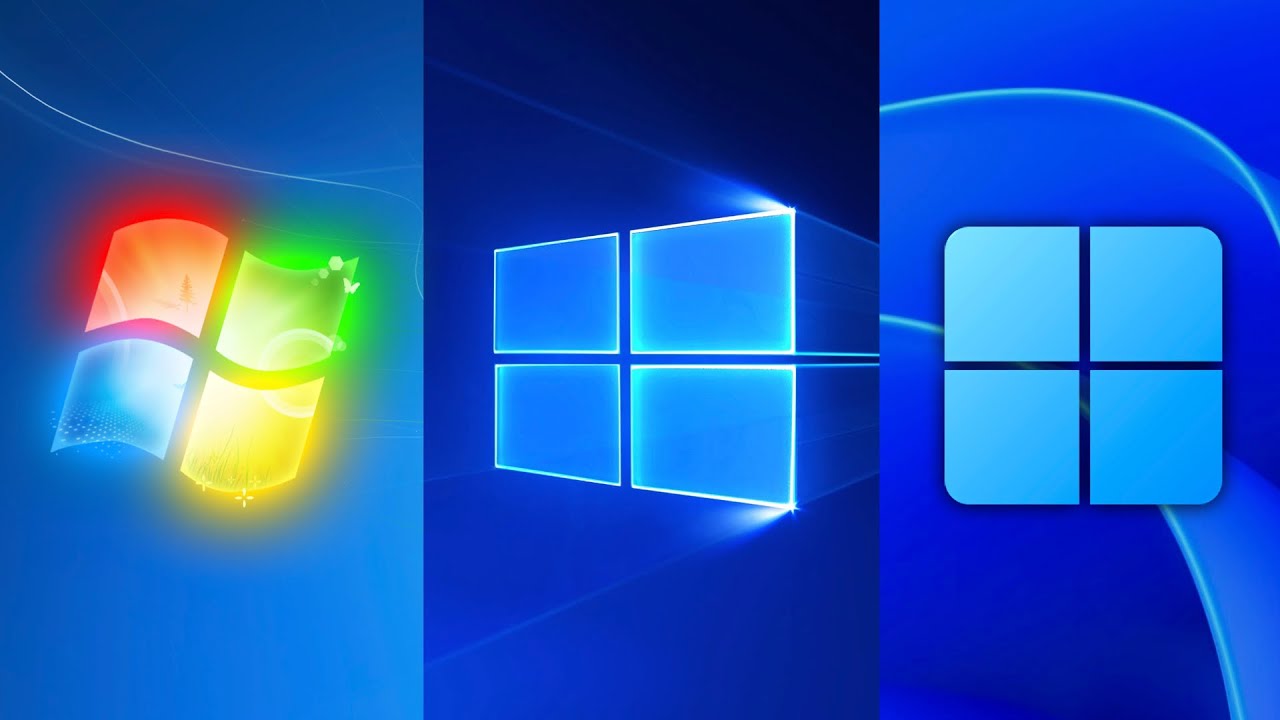
There are a bunch of steps to follow in order to apply Modern Device Management in Windows environments:
1Windows 11 & 10
Use Cloud: Utilize Microsoft Intune, the central hub within Microsoft Endpoint Manager (MEM) for the management of devices in the cloud. Intune offers functionalities for enrollment, configuration, security, and application deployment.
Centralized Identity: Use Azure Active Directory (Azure AD) as your central identity and access management system. This enables single sign-on (SSO) for users across devices and applications.
Better and Streamlined Deployment: Utilize and implement Windows Autopilot for the simplification of device deployment. It allows pre-configuration of devices with settings and applications before they reach users, minimizing setup time.
Automated Updates: Make use of Windows Update for Business for automated deployment of security patches and Windows feature updates. This is done to make sure that the device is up to date.
Data-Driven Decisions: Gain insights into device health, application usage, and potential security risks with Endpoint Analytics. This data helps you make informed decisions about device management and security.
2Windows 7 (Limited Functionality)
Modern Device Management solutions have limited functionality for Windows 7 due to its end-of-life status. Microsoft strongly recommends upgrading to a supported operating system for full security and management capabilities.
However, if upgrading isn't immediately possible, there are some options that you can use and there is a controlled environment.
Microsoft Endpoint Configuration Manager (MECM): While not a true MDM solution, MECM offers some device management capabilities for Windows 7, but requires on-premises infrastructure compared to Intune's cloud-based approach.
Extended Security Updates (ESU): If you must use Windows 7 for a limited time, you can think about purchasing Extended Security Updates (ESU) from Microsoft for continued security patches, but this is a temporary solution and doesn't address full device management.


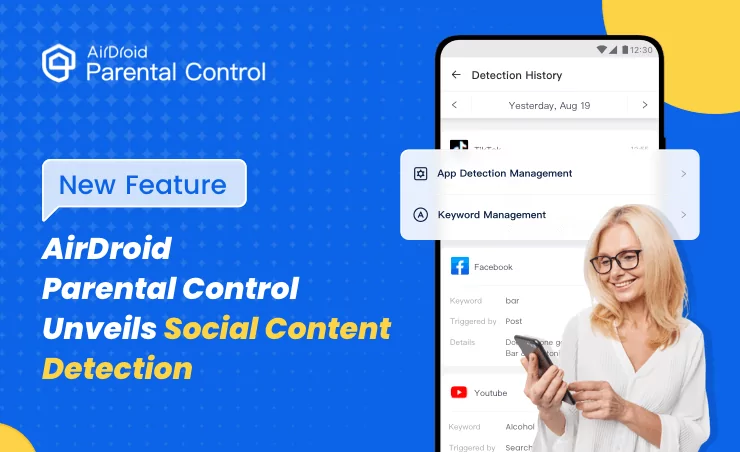
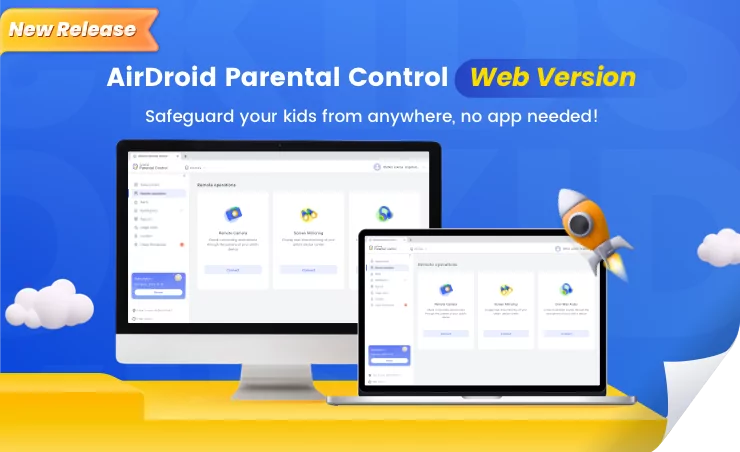
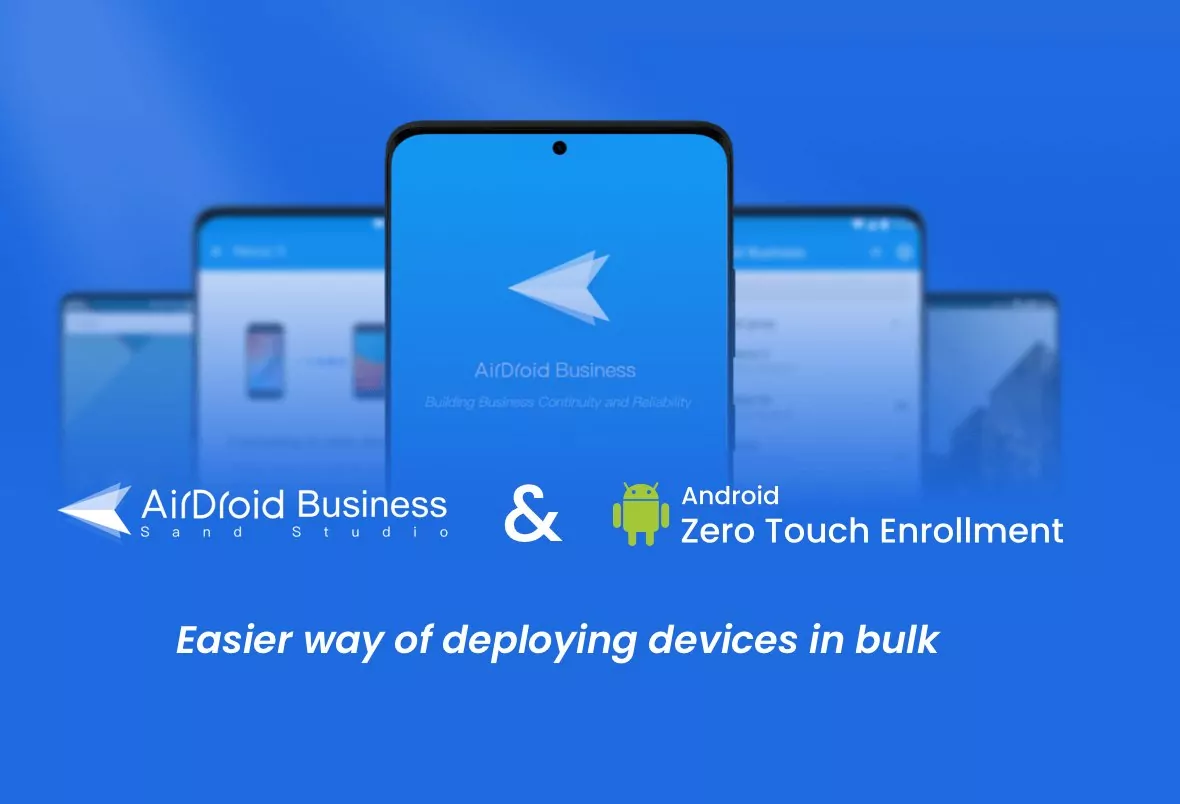

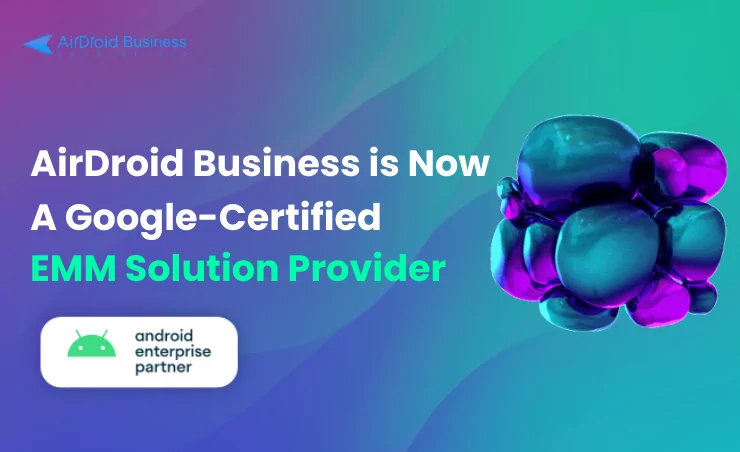



Leave a Reply.